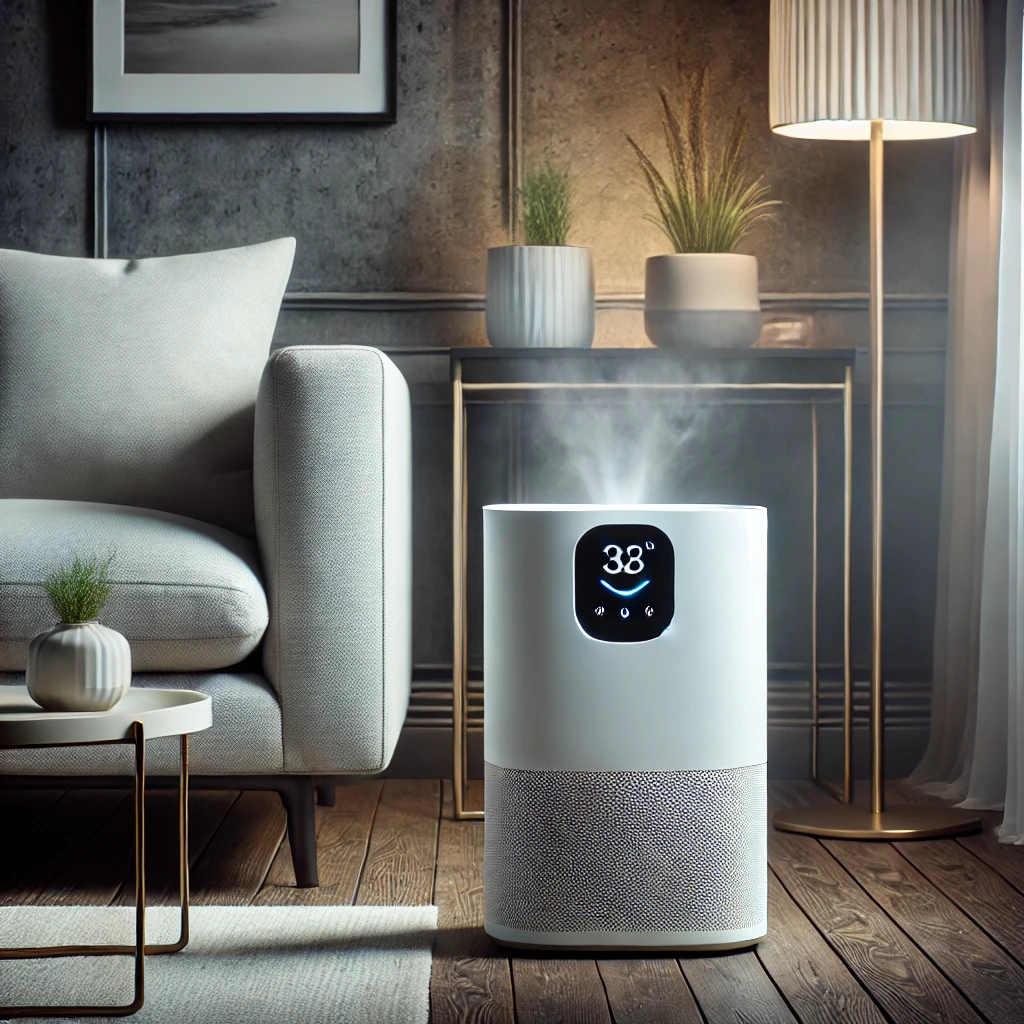An air purifier is an essential device for improving indoor air quality by removing dust, allergens, pollutants, and harmful particles from the air. With increasing concerns about air pollution, investing in the right air purifier ensures a healthier living environment for you and your family. This comprehensive guide explores the benefits, types, and features of air purifiers to help you choose the best one for your needs.
Why You Need an Air Purifier
ndoor air pollution can be just as harmful as outdoor pollution. An air purifier helps by:
- Removing allergens such as pollen, pet dander, and dust mites
- Eliminating airborne bacteria and viruses
- Reducing harmful chemicals and odors
- Improving respiratory health for asthma and allergy sufferers
- Neutralizing smoke, mold spores, and VOCs (Volatile Organic Compounds)
Types of Air Purifiers
1. HEPA Air Purifiers
High-Efficiency Particulate Air (HEPA) filters are among the most effective in capturing airborne particles as small as 0.3 microns.
- Best For: Allergy sufferers, dust removal
- Pros: Removes 99.97% of airborne particles
- Cons: Requires filter replacements
2. Activated Carbon Air Purifiers
These purifiers use activated carbon filters to absorb odors, chemicals, and smoke, making them ideal for households with pets or smokers.
- Best For: Odor and chemical removal
- Pros: Excellent for eliminating volatile organic compounds (VOCs)
- Cons: Less effective for capturing fine particles
3. UV-C Light Air Purifiers
Utilizing ultraviolet (UV-C) light, these purifiers kill bacteria, viruses, and mold spores.
- Best For: Sterilization and eliminating pathogens
- Pros: Destroys airborne microbes
- Cons: Does not remove dust or allergens
4. Ionic Air Purifiers
These purifiers release negatively charged ions that attach to airborne pollutants, causing them to settle on surfaces or be collected on a charged plate.
- Best For: Smoke and fine particle removal
- Pros: Quiet operation, no filter replacement needed
- Cons: Can produce ozone, which may cause respiratory irritation
5. Smart Air Purifiers
Equipped with Wi-Fi connectivity, smart sensors, and air quality monitors, these purifiers allow remote control and automatic adjustment.
- Best For: Smart homes and automation
- Pros: Real-time air quality monitoring
- Cons: Higher cost
How to Choose the Best Air Purifier
1. Consider Room Size
Check the Clean Air Delivery Rate (CADR) and ensure the purifier can efficiently clean the air in your room size.
2. Look at Filter Efficiency
Opt for a True HEPA filter for the best particle removal efficiency.
3. Noise Levels
If using in a bedroom or office, choose a model with quiet operation (below 50 dB).
4. Additional Features
- Auto mode: Adjusts fan speed based on air quality
- Timer function: Saves energy
- Air quality indicators: Provides real-time data
Conclusion
An air purifier is an excellent investment for improving indoor air quality and ensuring a healthier home environment. Whether you need one for allergies, odor control, or eliminating airborne bacteria, choosing the right model can make a significant difference. Select an air purifier based on your specific needs and enjoy cleaner, fresher air every day.


